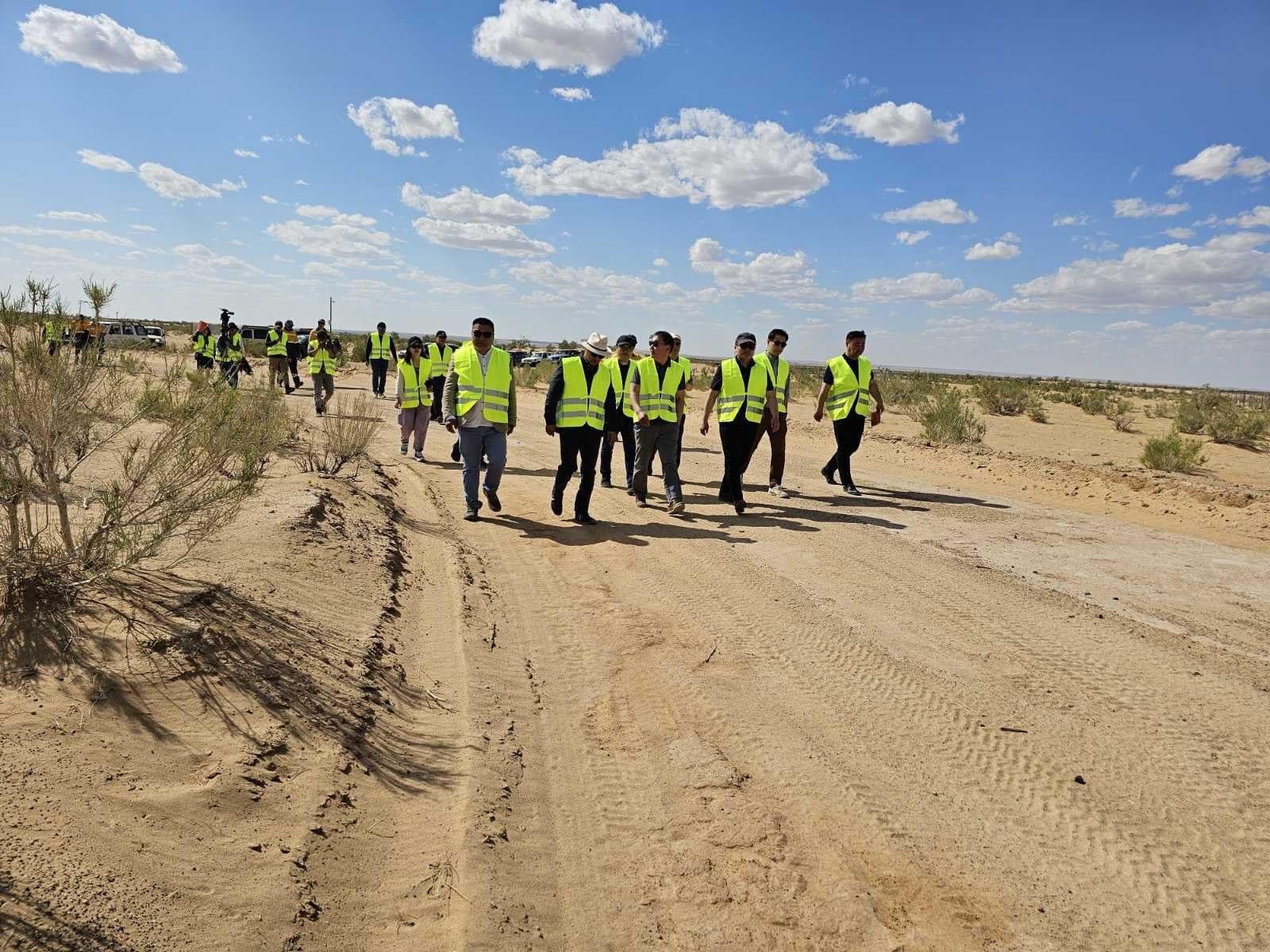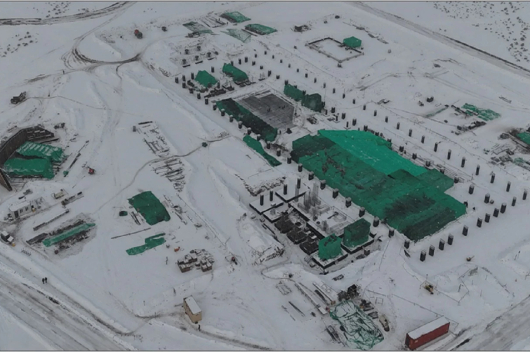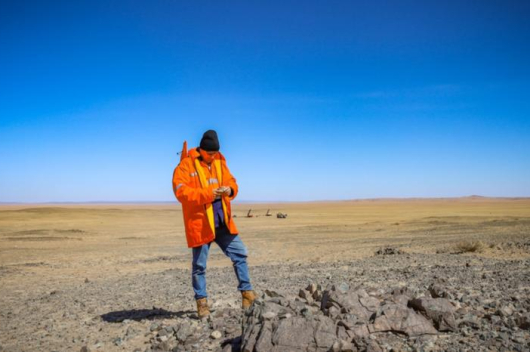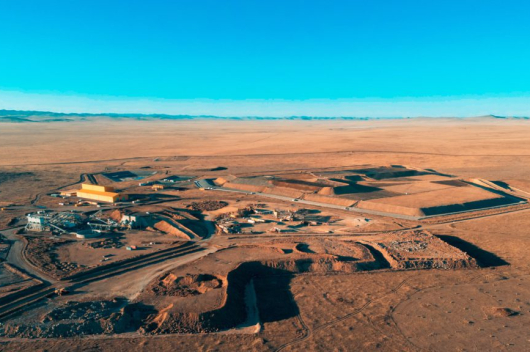Mongolian President U.Khurelsukh signed an agreement worth of USD 1.7 billion investment by French government-owned Orano Mining in October 2023, during his visit to France. The agreement allows Orano to establish Mongolia’s first uranium mining and processing venture. For Mongolia’s landlocked economy, mining partnerships are strategic tools for foreign policy endeavors.
The economic benefits of the Orano agreement are substantial. According to the government, Ulaanbaatar is estimated to earn a total of $1 billion in tax revenue across the forecasted 30-year lifetime of the mine.
A significant portion of the revenue, approximately USD 47 million, will be designated as payment for Orano’s use of Mongolia’s mineral resources. As per the Environmental Protection Law of Mongolia, the state assumes ownership of natural resources and requires payment from non-government entities to use natural resources.
The project has been established by Badrakh Energy – a collaborative effort between Orano and the Mongolian state-owned enterprise MonAtom – and is expected to span a total of 47 years. Preparatory work is scheduled from 2024 to 2027, uranium production from 2028 to 2060, and subsequent rehabilitation activities from 2061 to 2070.
Uranium has long been a critical mineral for the global energy system, fuelling vast amounts of reliable and low-carbon nuclear energy. As the world strives towards net-zero emissions targets, uranium is poised to enable unprecedented expansion of nuclear generation.
It is this global transition that is driving Mongolia’s ambition to emerge as a new leader in the uranium market, adding diversity to its already prosperous copper export capabilities. The World Nuclear Association notes that Mongolia’s uranium reserves are approximately 60,500 tonnes. Since the closure of the uranium mining town, Mardai, Mongolia has established uranium exploration agreements with China, Russia and the Czech Republic. But France will be the first to exploit and extract uranium from Mongolia.
France derives about 70% of its electricity from nuclear energy and it has been active in pursuit of uranium in Mongolia and Central Asia, including Kazakhstan and Uzbekistan.
 3,571.17
3,571.17












Related News